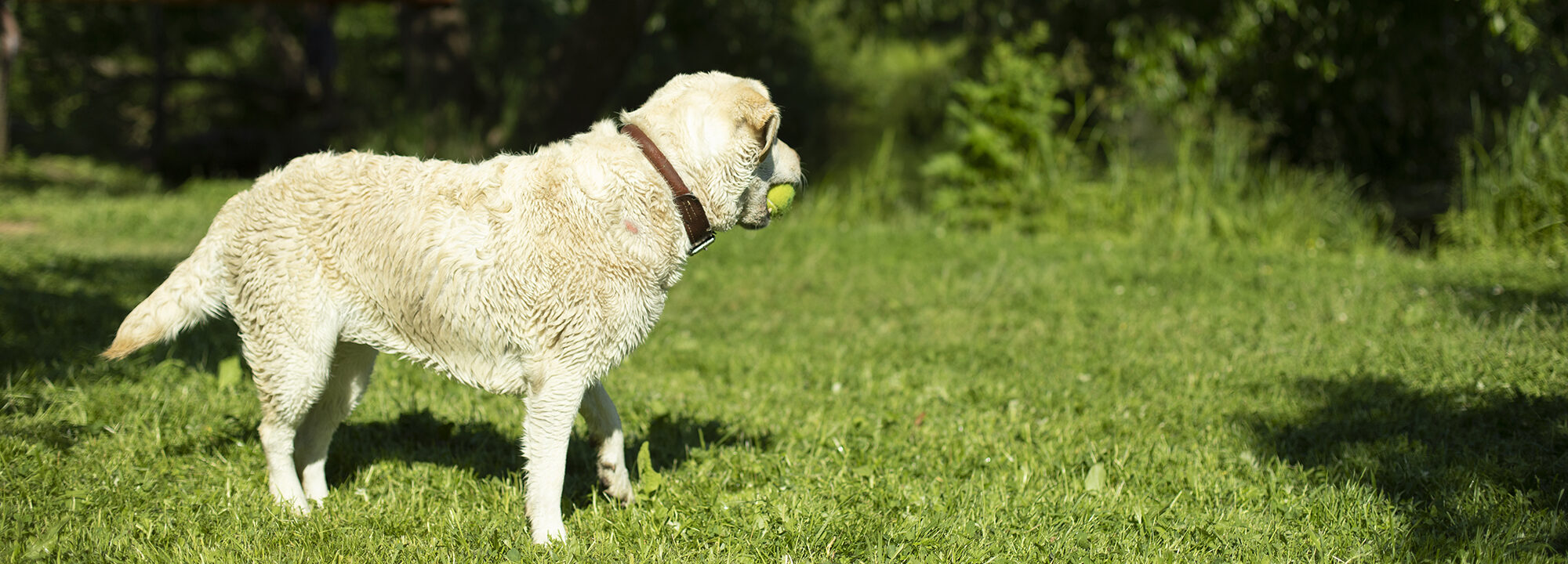
SNAKE BITE & YOUR PET
It’s the time of year that snakes are prevalent. If your pet noses around areas where a snake may be present, they could get bitten. A common place for snakes to hide in wood piles, which a lot of people have in their backyards. It’s best to either get rid of wood piles entirely or place some kind of fence or barrier around them to keep dogs from nosing around in them.
Snakes look for heat and water sources to shelter close to or inside of. Some common places snakes take shelter are:
- Tree Hallows
- Under Logs and Wood Piles
- In Leaf Piles
- Underground Holes
- Rock groupings or burrows
Dogs and Snake Bites: Symptoms, Treatments, & More1
Non-Venomous Snake Bite Symptoms
Typically, there will be swelling and bruising in the area around the bite. You may be able to see a pair of puncture wounds created by the fangs. The bite site is normally very painful. Do not attempt to touch or probe the bite site as your dog might react painfully.
Venomous Snake Bite Symptoms
The symptoms are dependent on the species of snake. But the following can help you determine if the snake was poisonous.
- Swelling will be significant and spread quickly.
- The bite wound will tend to bleed, or there will be bloody discharge.
- You may not see puncture wounds due to the rapid swelling or the smaller fangs of some snakes.
- It’s also good to note that there are times when a venomous snake will “dry bite.” This means they bite but do not release venom. It can be difficult to determine when a dry bite has occurred, and it should always be assumed that venom was present in the bite.
What to Do Immediately After Your Dog Is Bitten by a Snake
Regardless of the apparent severity of the bite or whether the snake was poisonous you should get your dog to a veterinarian for evaluation and care. The presence of venom can cause immediate and significant risk to your dog’s body. In addition to that, snake bites are wounds, and a snake’s mouth is teeming with bacteria. Proper care is vital to ensure the wound does not become infected. Bite wounds are also very painful, and your dog will need appropriate pain management. Even if a snake is non-venomous, the swelling from the snake bite can be fatal to your dog.
Serious, life-threatening signs require an immediate visit to an emergency veterinary clinic and can include if your dog:
- Appears normal at first but suddenly becomes weak and collapses
- Is lethargic
- Has muscle tremors
- Has dilated pupils
- Starts vomiting and/or has diarrhea
- Has bloody urine
- Is drooling or has excessive salivation
- Is bleeding from the mouth, nose, or site of the bite
- Is unable to control urination or bowel movements
- Shows any signs of paralysis
Venomous Snakes found in Virginia2
One of the common distinguishing factors is that Venomous Snakes have vertical pupils. Non-Venomous Snakes do not.
Copperhead (statewide)
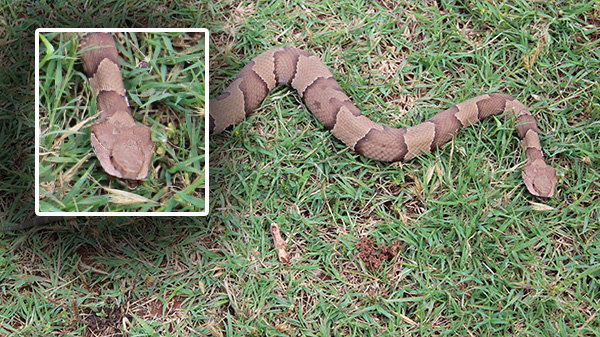
Copperheads have triangular-shaped heads, and the body pattern is coppery-red and has an hourglass pattern.
Timber Rattlesnakes
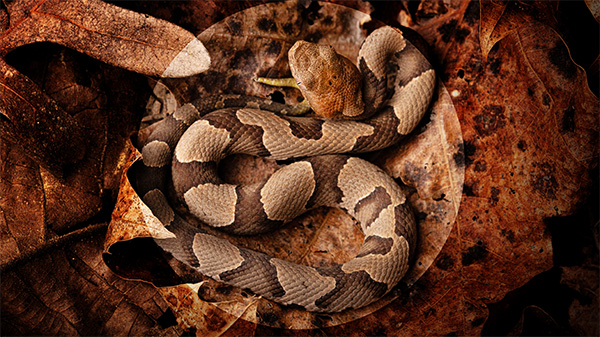
These are most common only in mountain regions and are an endangered species). Timber Rattlesnakes can be referred to as Canebrake Rattlesnakes in the extreme southeastern part of Virginia.
Water Moccasins (aka) Cottonmouth
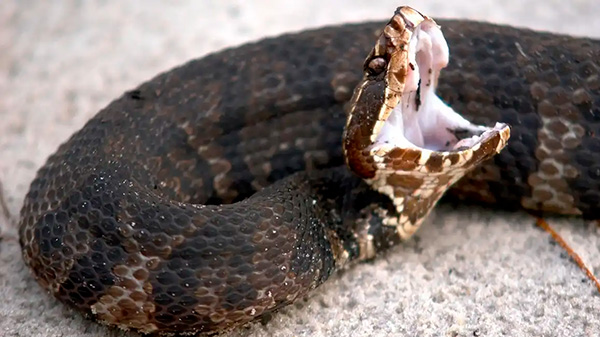
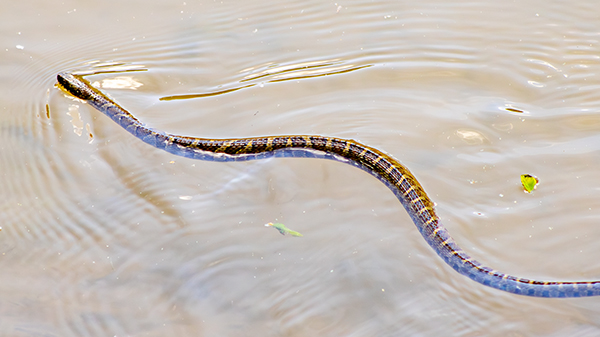
The name comes from the white color of their mouths, which is bright white when jowls are open. They can be on land or in rivers or lakes.
Citation
1Gilbert, Dr. S. (n.d.). Dogs and snake bites: Symptoms, treatments, & more. Zoetis Pet Care. Retrieved June 29, 2024, from https://www.zoetispetcare.com/blog/article/dog-snake-bites
2Virginia Department of Wildlife Resources. https://dwr.virginia.gov/wildlife/nuisance/snakes/
Accessed July 10, 2024